For the last ten years, I’ve patiently watched a hole in the ground across from the busiest train station in the world take shape. There were many times I wondered what was being built there and if it would ever get done, and just why exactly it was taking so long. Sometime within the last two years, however, it finally started to really look like more than a mass of steel beams and plastic sheets.
Early in 2016, I noticed a new sign put onto the front of the building—NEWoMan—a most bizarre and perplexing name but not unusual in a country known for making new combinations of English words. Was this yet another new department store? Was that what all the fuss had been about?
Finally, on April 4, 2016, the building officially opened to the public, not only a NEWoMan but also a “Busta,” a combination of the word “Bus” + “Taxi.” For these last ten years, it turns out, Tokyo had been working on what had been a big headache for the district of Shinjuku, too many buses being forced to pick up in too many places of an area already operating the busiest train station in the world. With the opening of the Busta terminal, 19 bus lines and 118 bus companies have now all been consolidated into the same place just across from the South Exit of the JR Terminal and Odakyu Lines of Shinjuku Train station.
From one building, you can now get to 39 of the 47 different prefectures in Japan (a prefecture, by the way, is kind of like the equivalent of a state within Japan). Passengers no longer have to catch a bus in the basement of a hotel or on the side of a street. Any bus that you want to get will leave from the 4th floor of this building, and taxis wait for you on the 3rd floor. Essentially, you can get a relaxing two-hour bus from Narita station and then descend one floor to a taxi ready to take you to your hotel on the Western side of Tokyo.
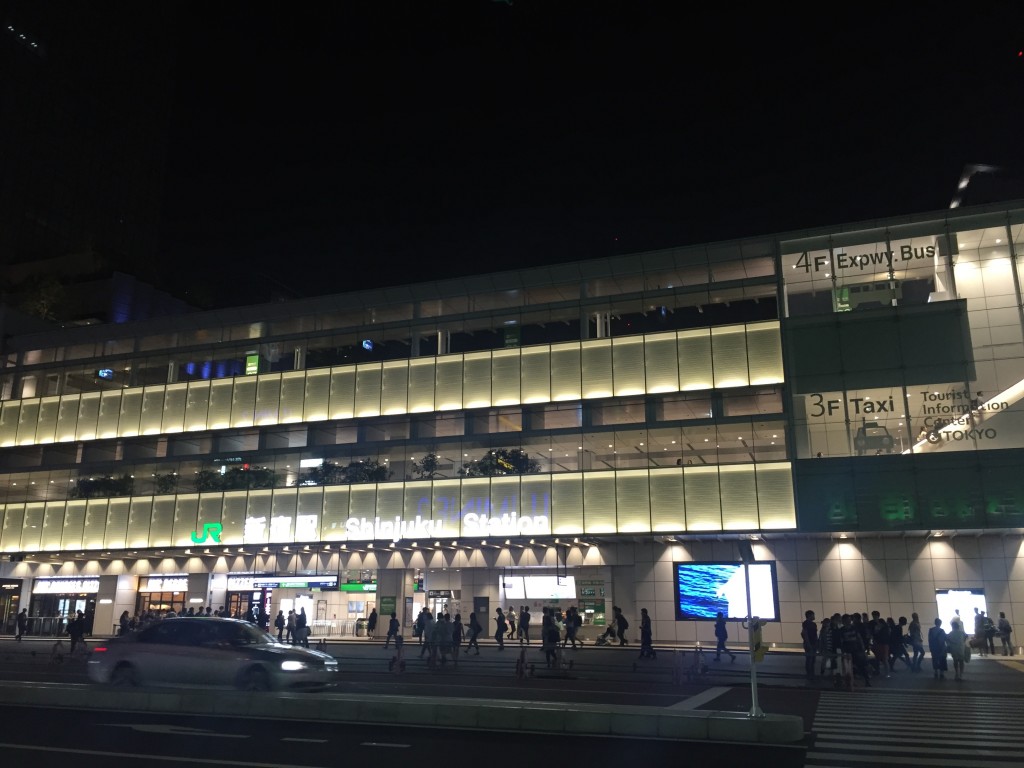
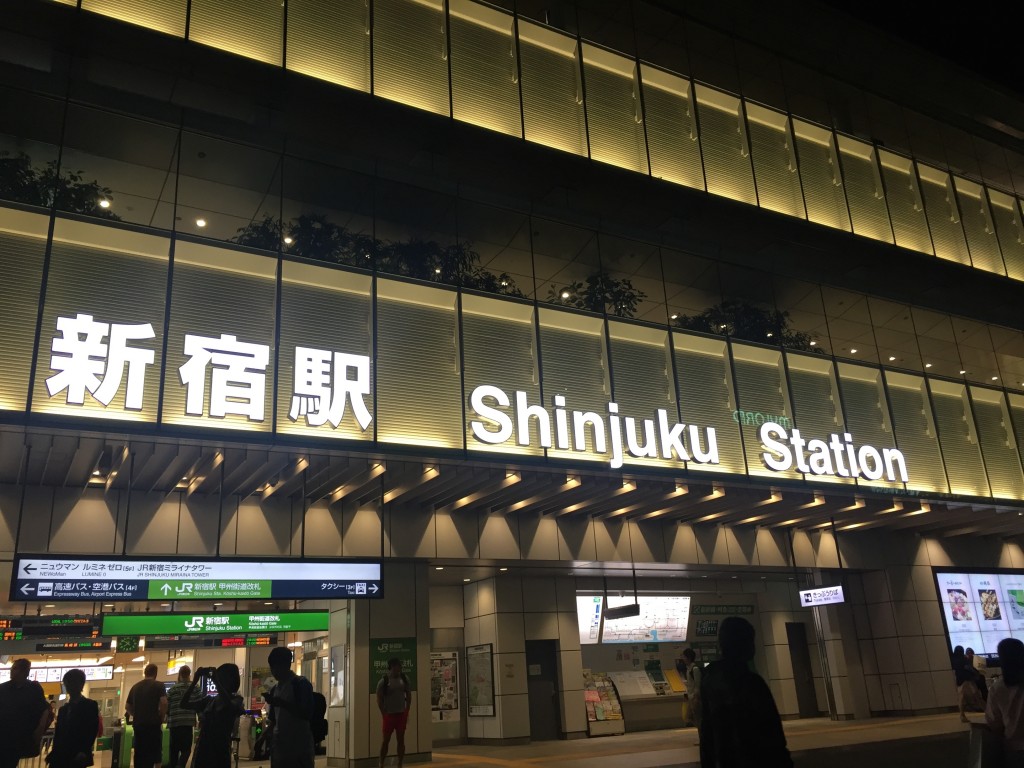
Busta, of course, is not just a bus and taxi terminal—it also directly connects to the Shinjuku train station, the busiest station in the world, in the basement. It also has “NEWoMan,” a department store, with over 100 shops offering a wide variety of clothing, cosmetics, cafes, restaurants, bars, a clinic, a daycare center, and even an event hall. In addition, there are several takeaway food venues for those long bus rides including many amazing desserts from exclusive New York, Parisian, and Japanese bakeries.
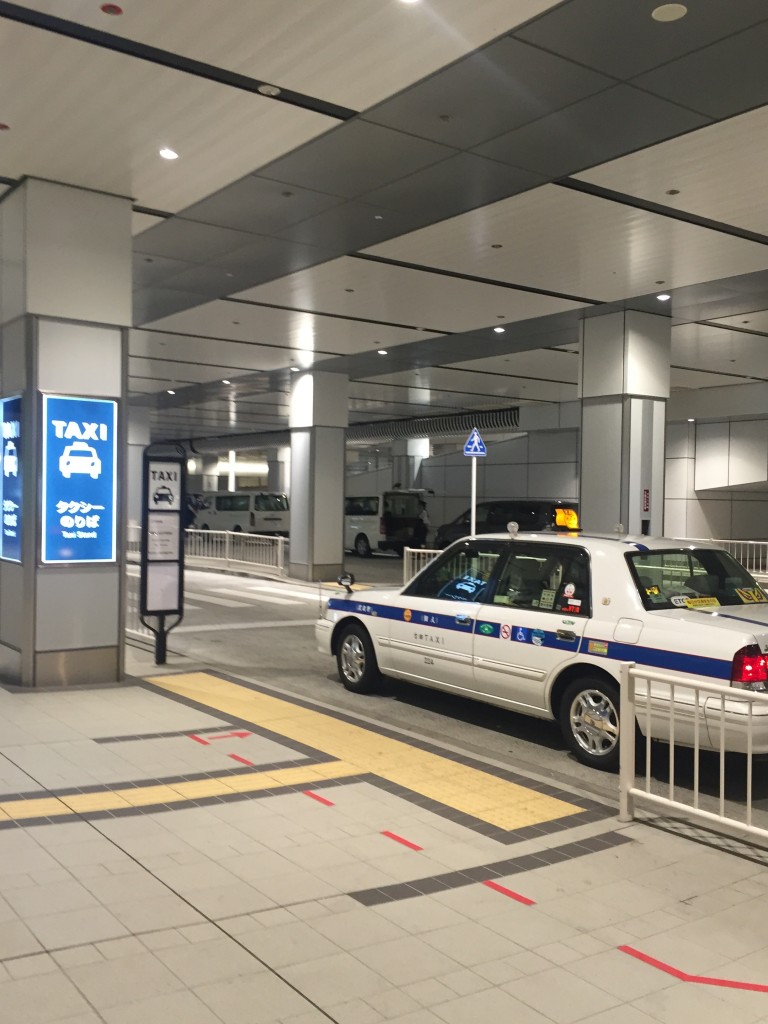
Taxis – 3rd Floor
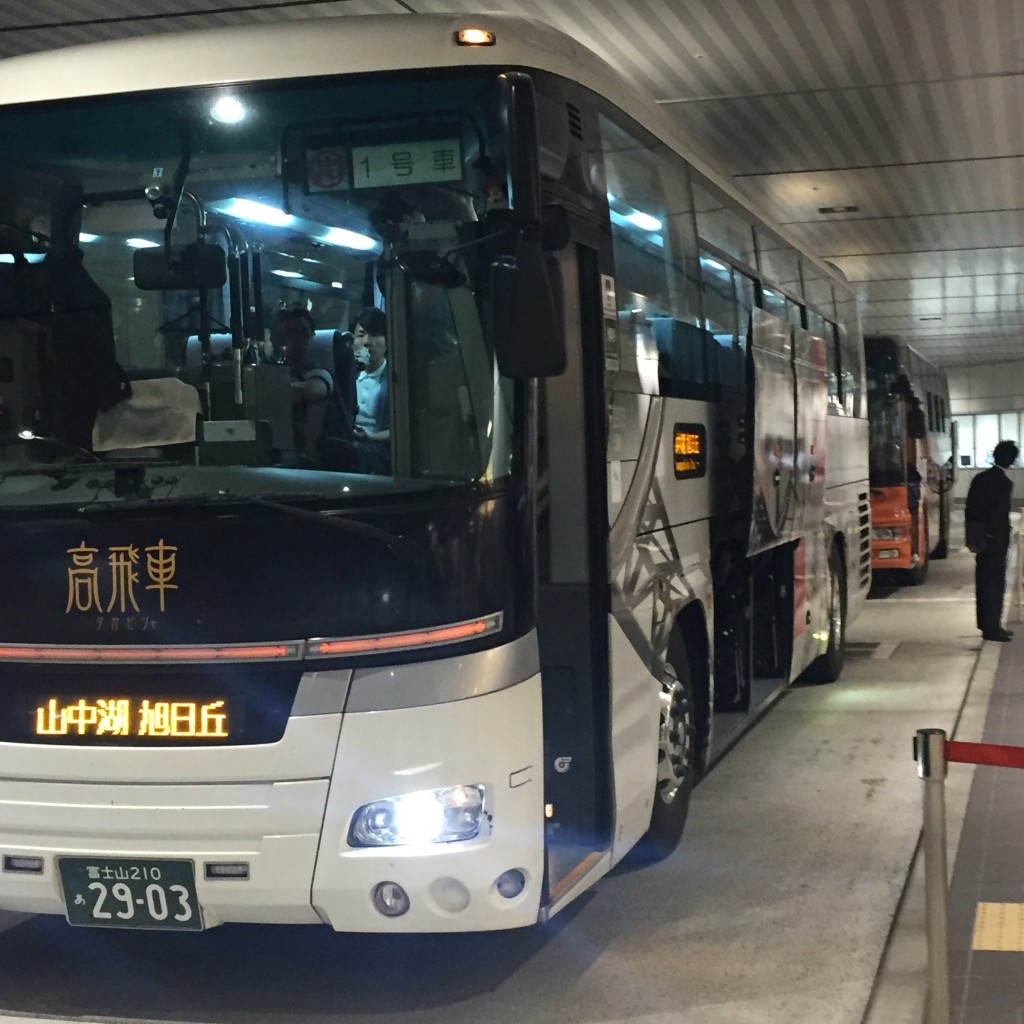
Bus pick-up – 4th Floor
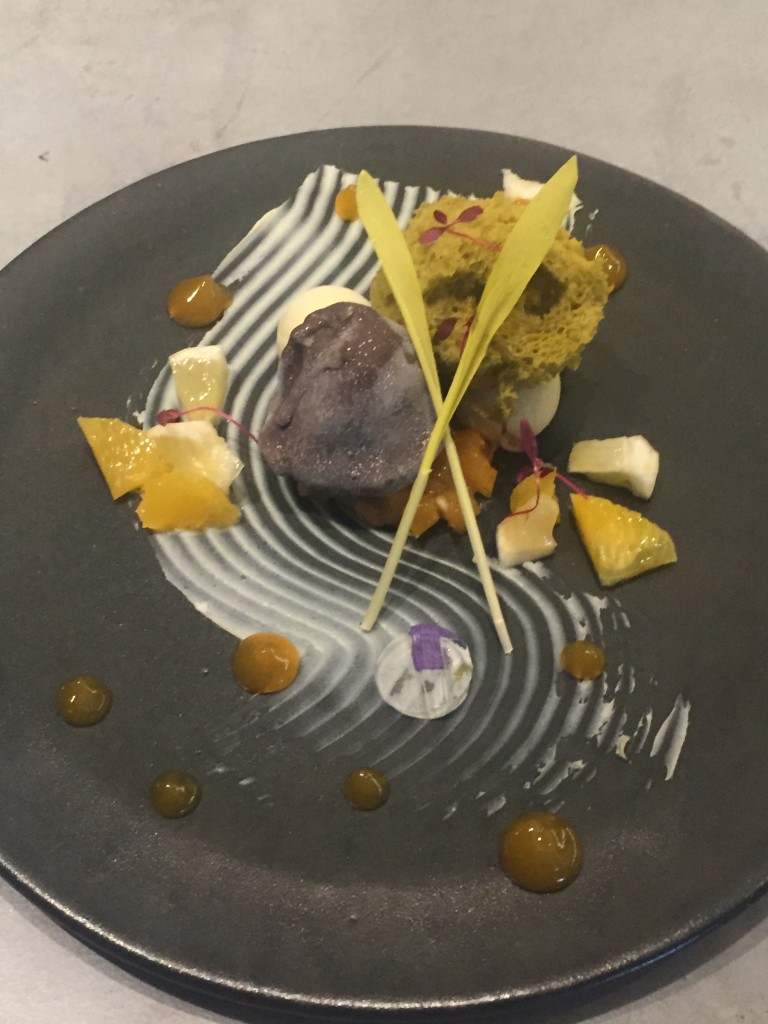
The “Kyoto Garden” from the Janice Wong Dessert Bar, Busta Shinjuku
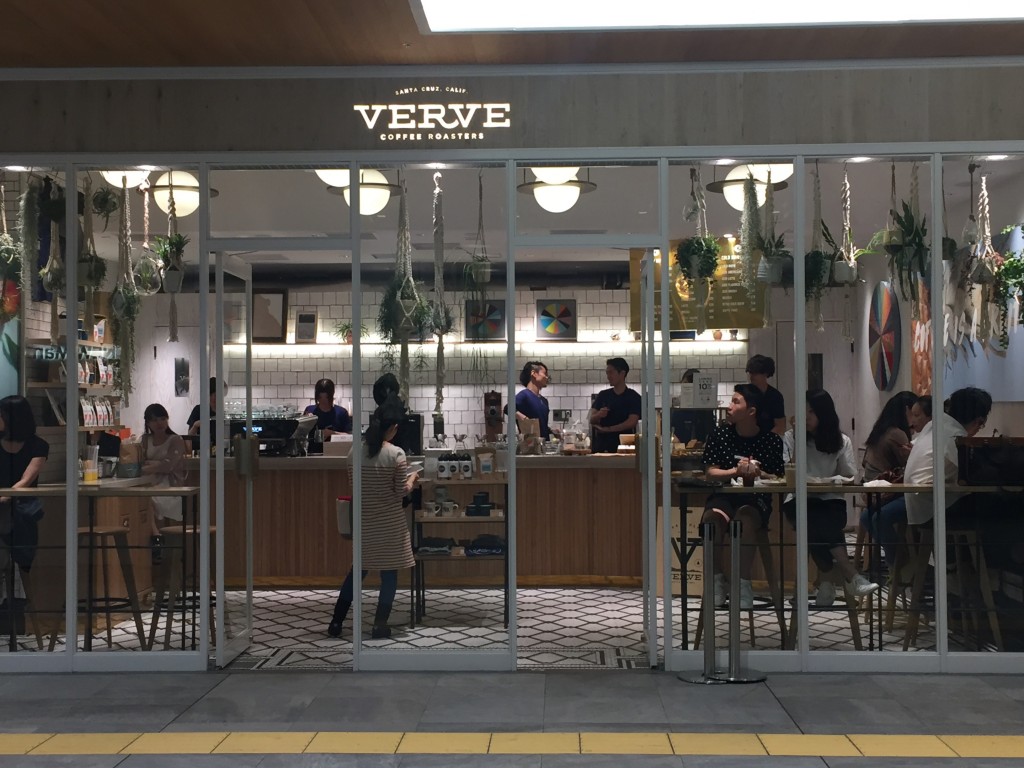
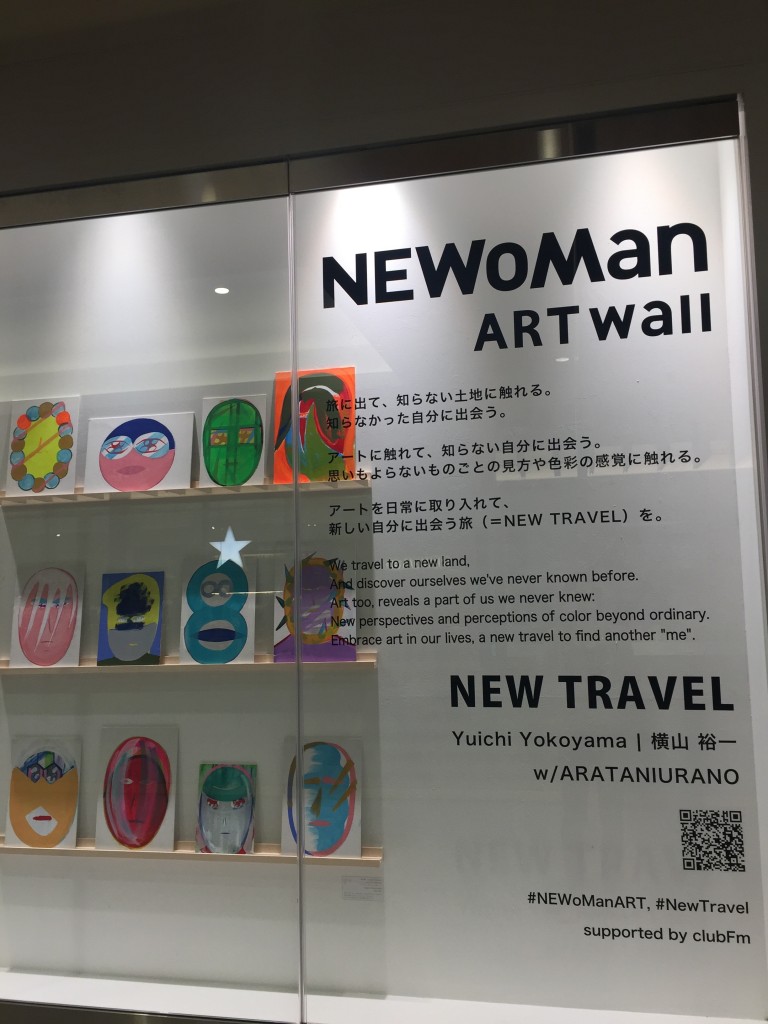
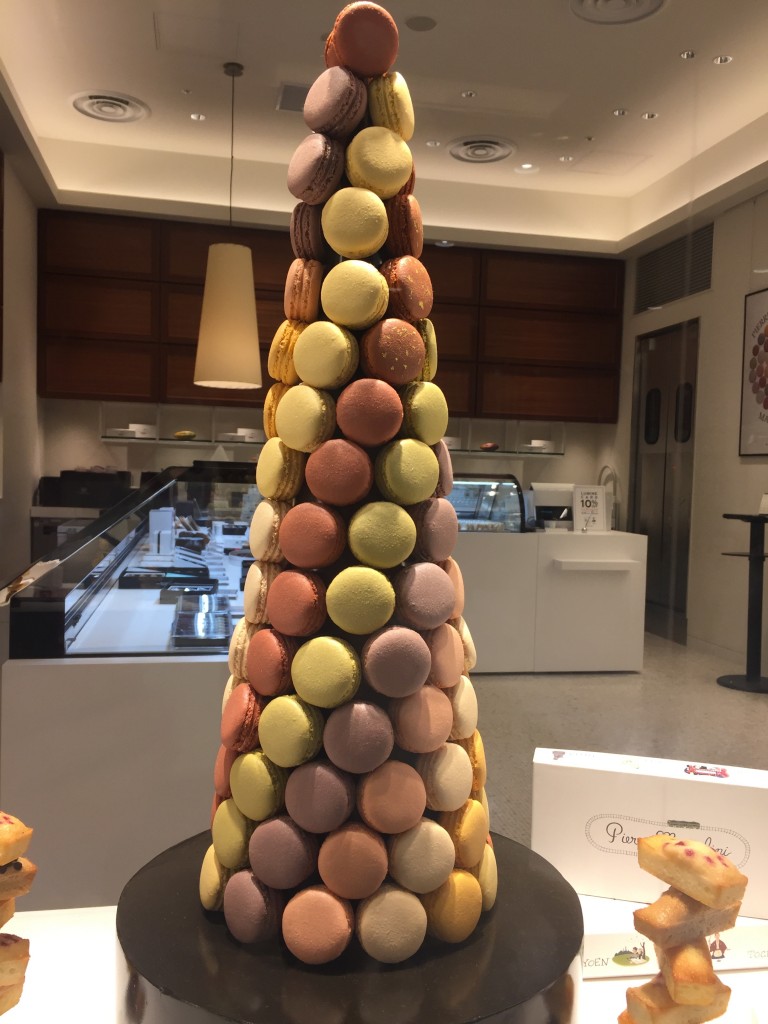

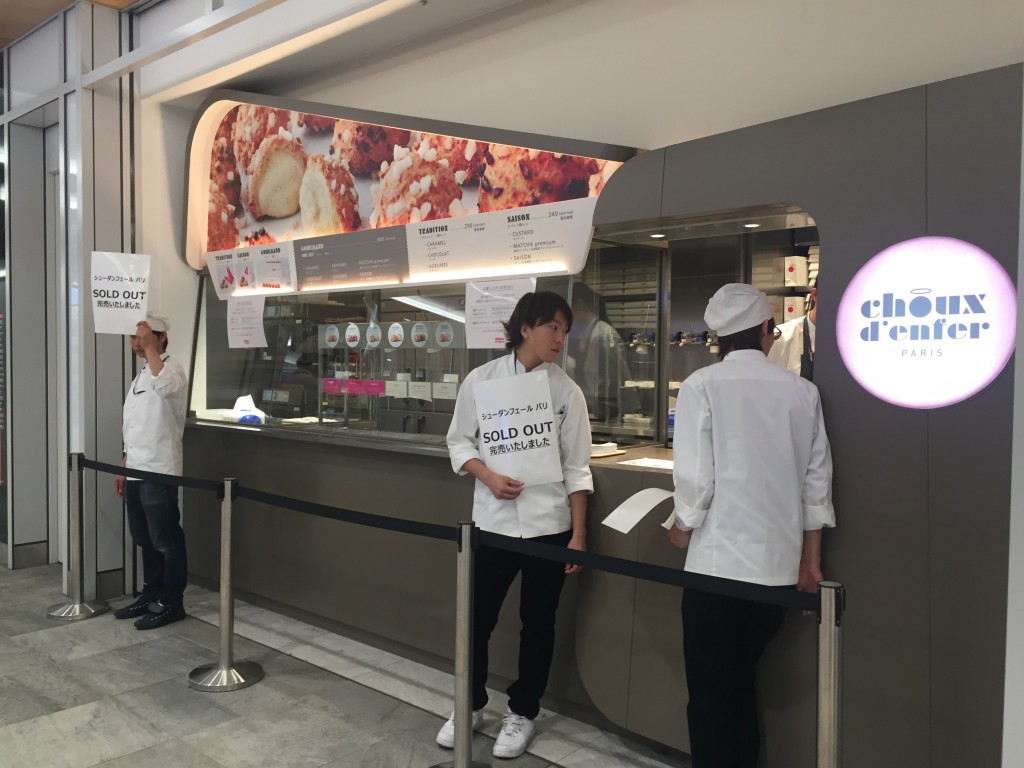
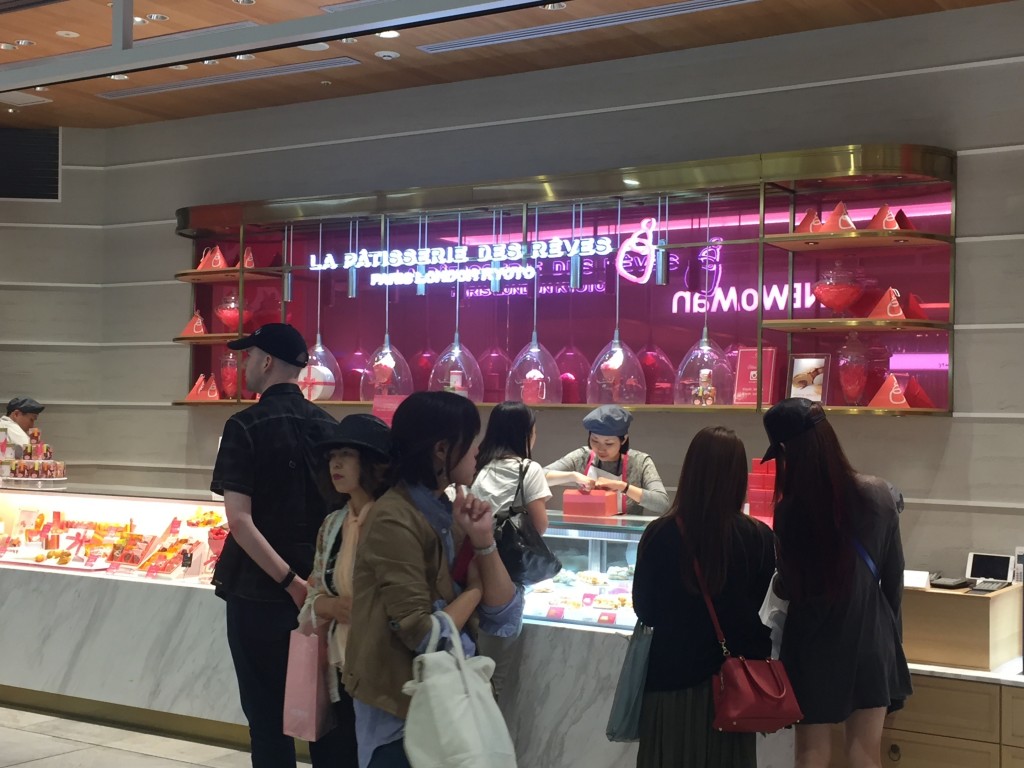
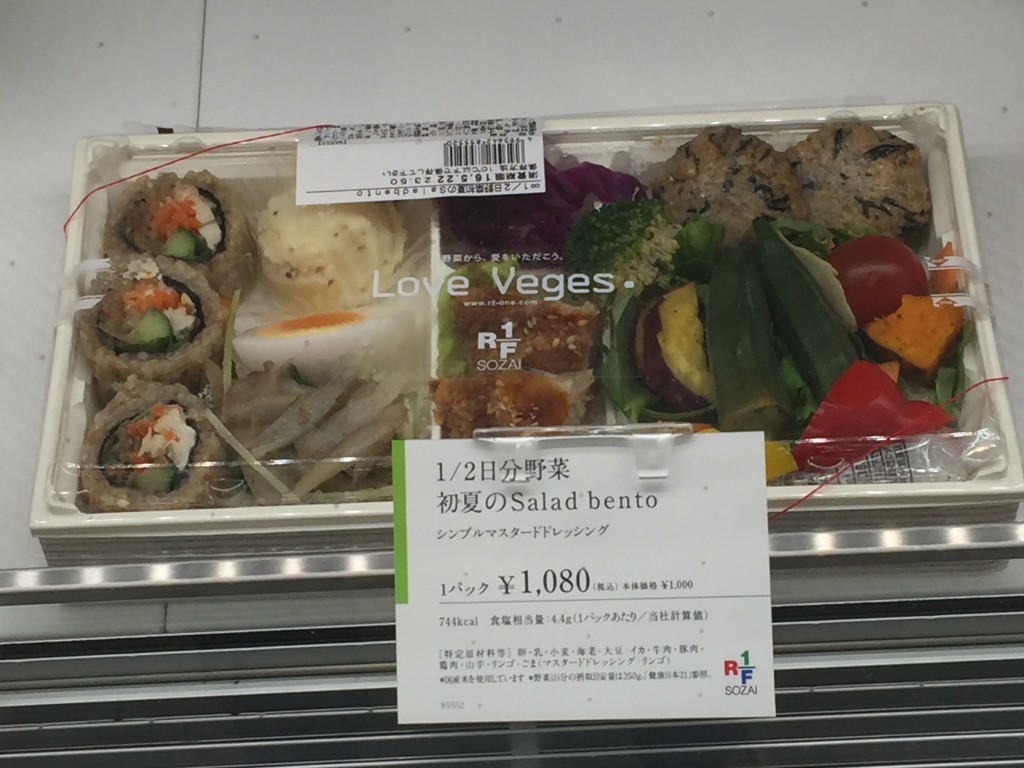
In addition, there is a spacious open-air lounging area on Busta’s ground floor that provides a great place to just sit, enjoy a coffee or cake, and just watch dozens and dozens of trains go by under the night sky. This area comes complete with its own big “Shinjuku” sign made of individual letters that is already a popular photo spot and can be accessed even if not taking the bus or getting on the train. The back of the Busta terminal connects easily to the previously existing Takashimaya Times Square building that has a large Tokyo Hands shop and Kinokuniya book shop with one of the most generous collections of English-language books and magazines in Tokyo (on the sixth floor). Busta is also open from 3:30am-12:00am (midnight) and NEWoMan and its shops are open from 11am-10pm, with the “Food Hall” section of NEWoMan, including a sushi bar called “Sushi Tokyo Ten” and a Singaporean oyster bar called “Wharf,” open from 7am–4pm. I was surprised to see these generous hours of operation, as most department stores in Tokyo do not open before 11am and usually close by 9pm. It will be very helpful to have things open so early.
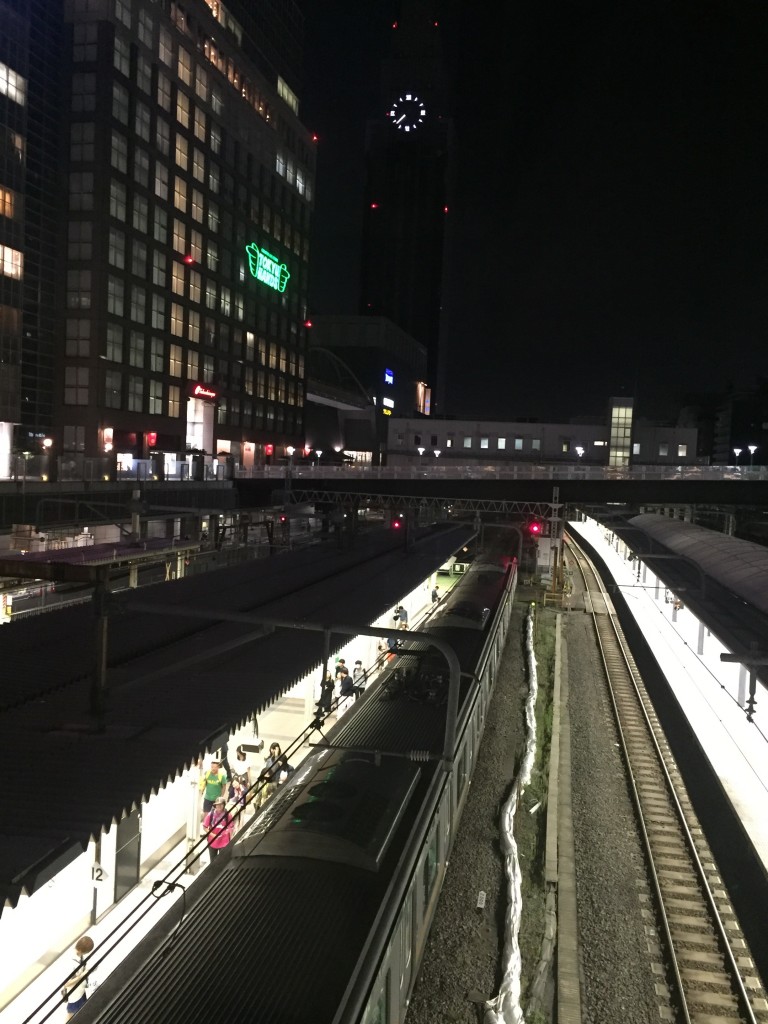
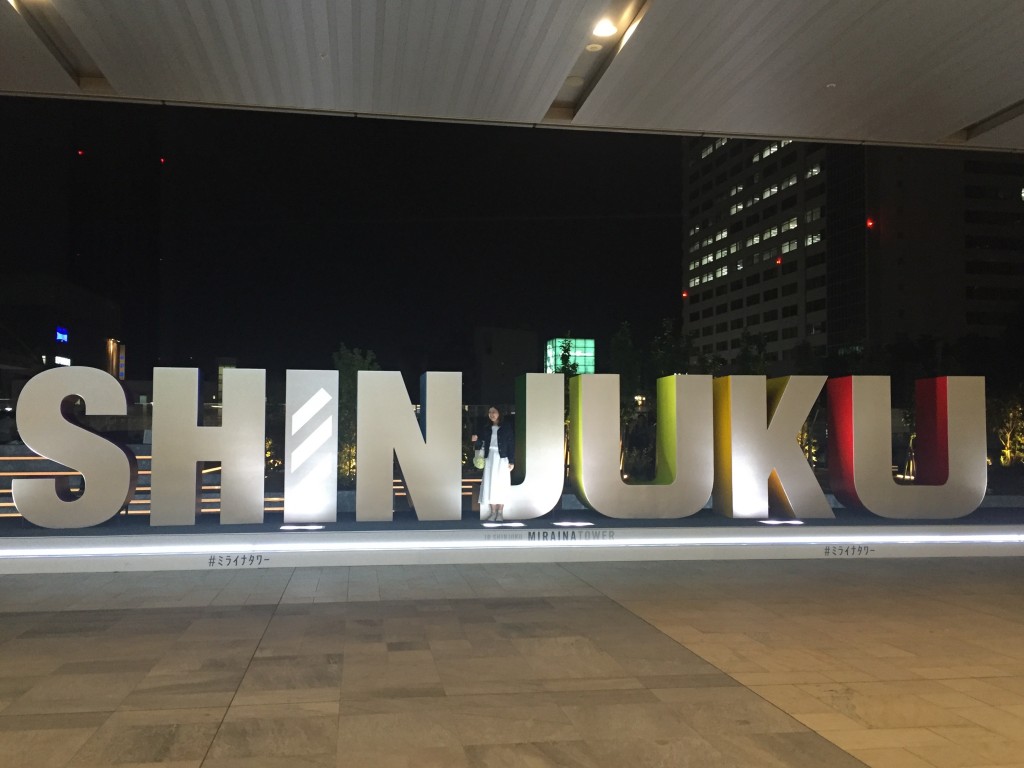
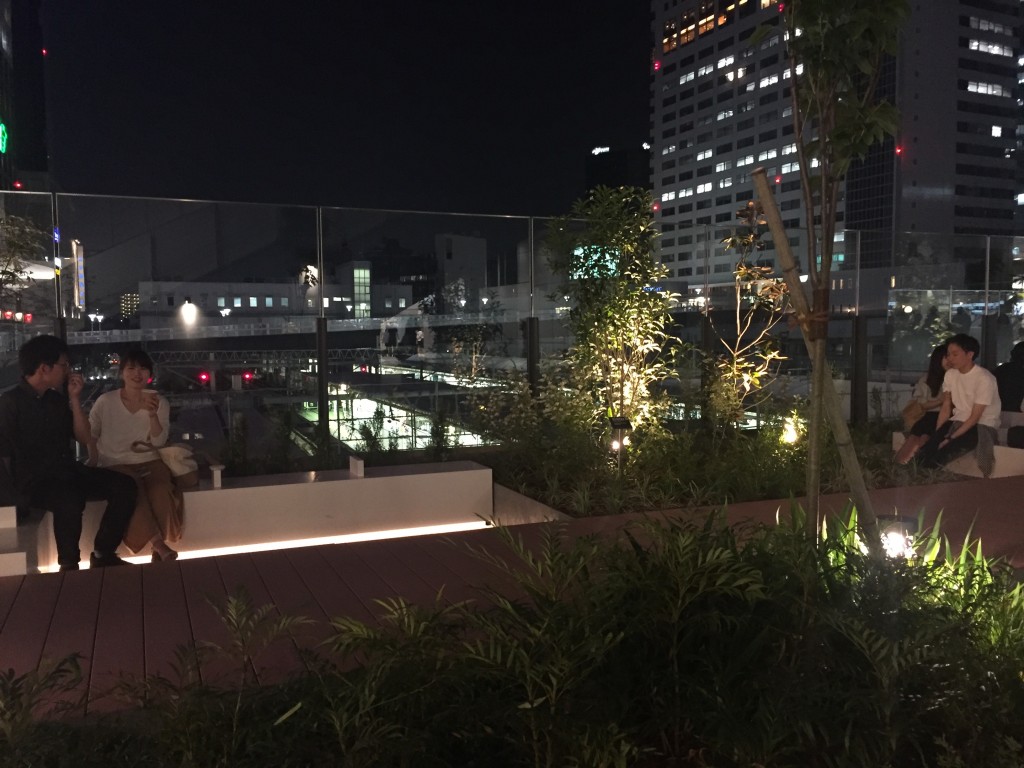
Perfect place for a drink and a dessert
I tested Busta’s convenience for myself for my first night bus experience in Japan and found it very easy to buy a ticket in person on the fourth floor of the building. There were several ticket machines and in-person ticket counters in addition to an information booth all available to help you get to where you need to go. If you are buying a ticket on the same day, you should use the in-person ticket counters #1–8. If you are buying a ticket for a different day, you should go to Counters #9 and #10.
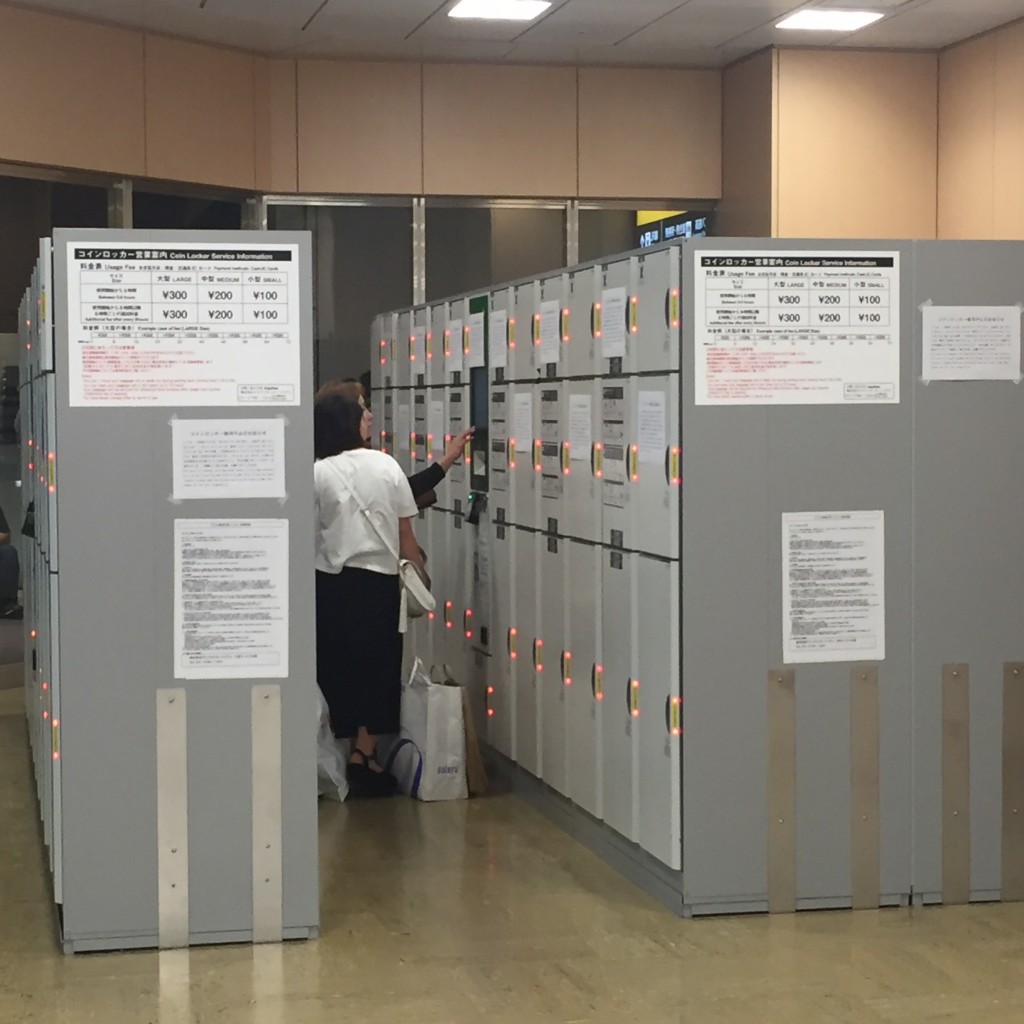
Lockers next to the waiting area for the bus departures
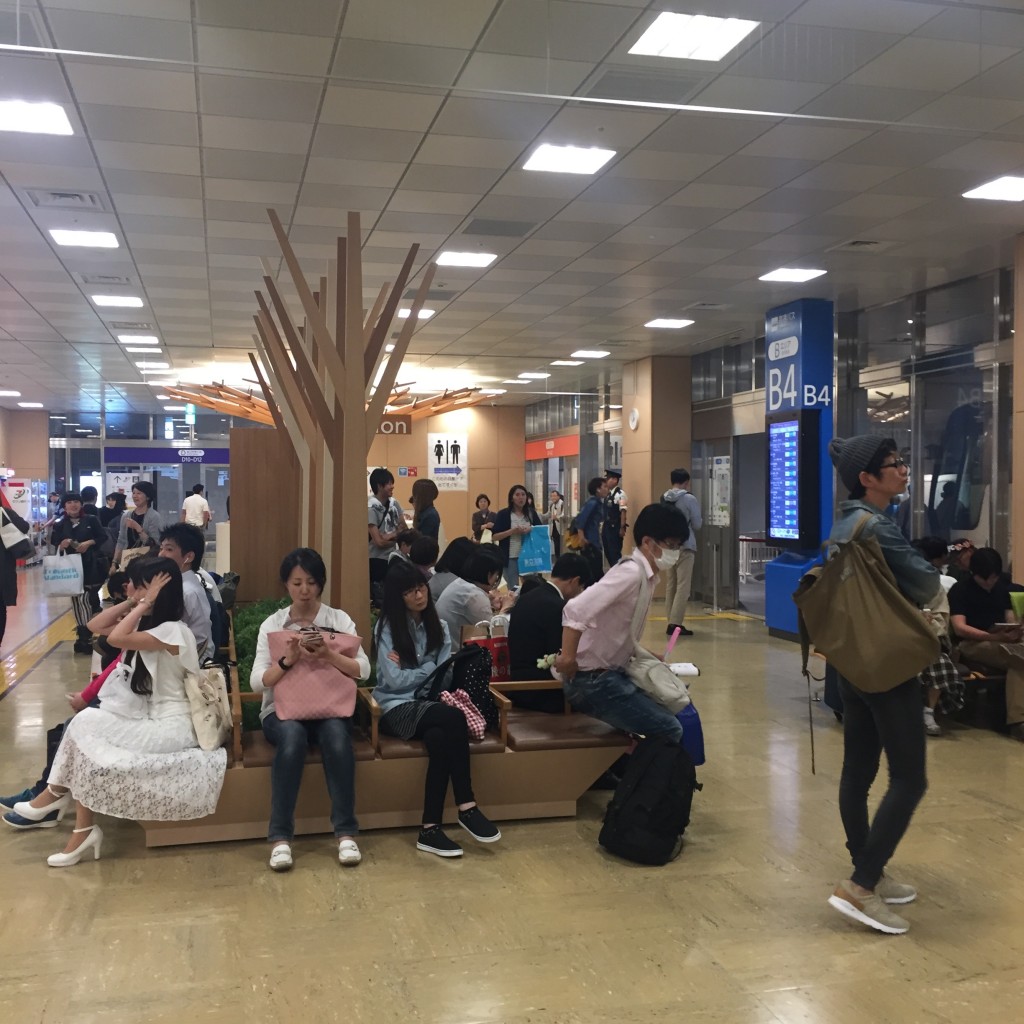
Waiting area near the bus arrival area
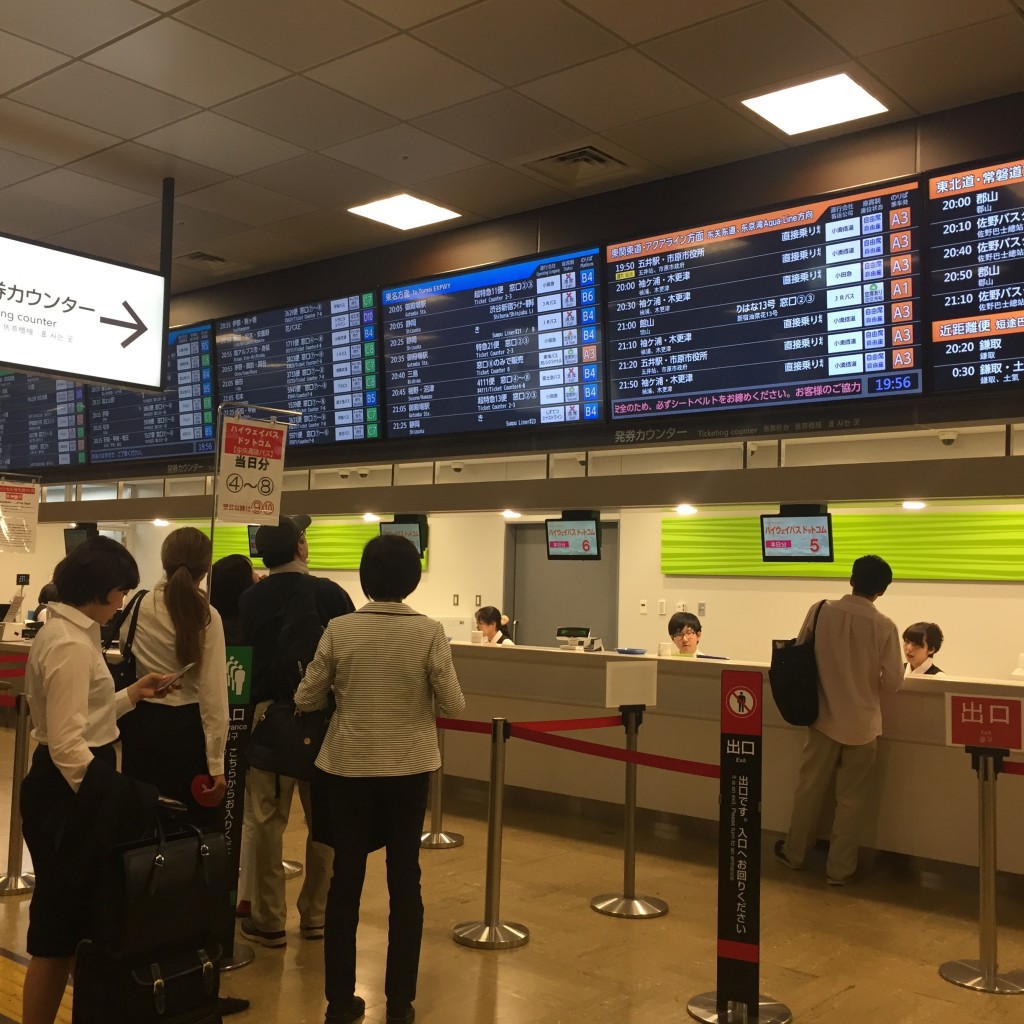
In-person counters
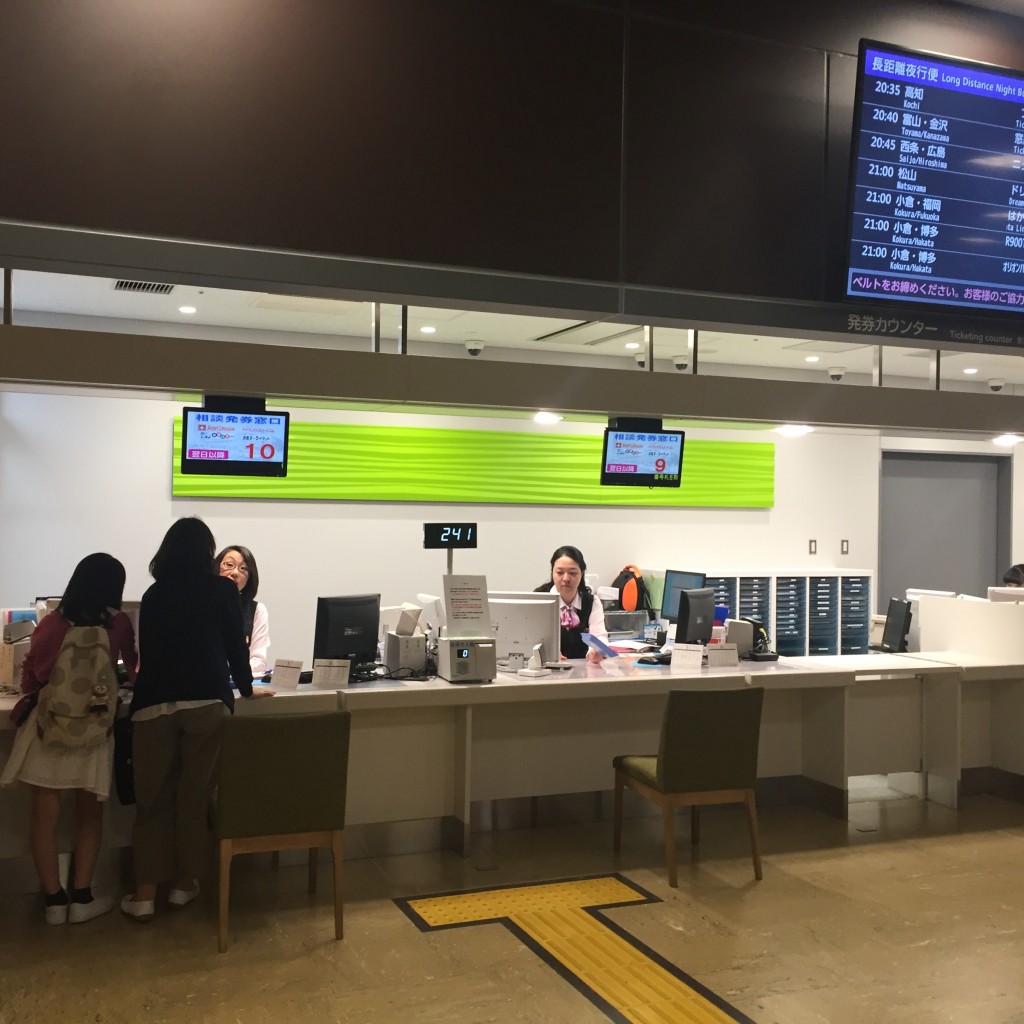
Counters #9 and #10 for future purchases
Bus departures are separated into four sections with four different colors.
Section A (orange) covers the Tokyo region including Haneda and Narita airports as well as Tokyo Disney Resort.
Section B (blue) includes Shizuoka, Hakone, and Fuji Five Lakes.
Section C (green) includes destinations in the Shinshu and Hokuriku regions such as Matsumoto, Fukui, Nagano, Kanazawa, Toyama, Gifu, Niigata, Jomo Kogen, Minakami, Toyama, Kamikochi, Takayama, and Hakuba.
Section D (purple) covers the Tohoku and Kansai regions with cities such as Nagoya, Osaka, Sendai, and Kyoto.
On the Bus
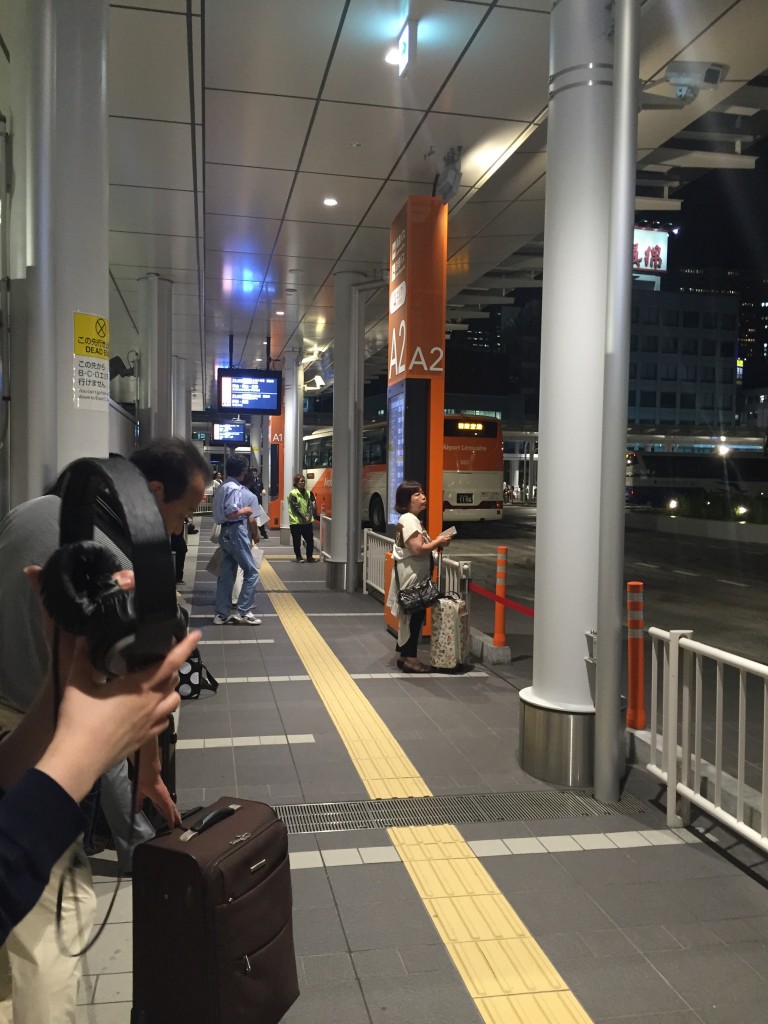
Waiting for my bus
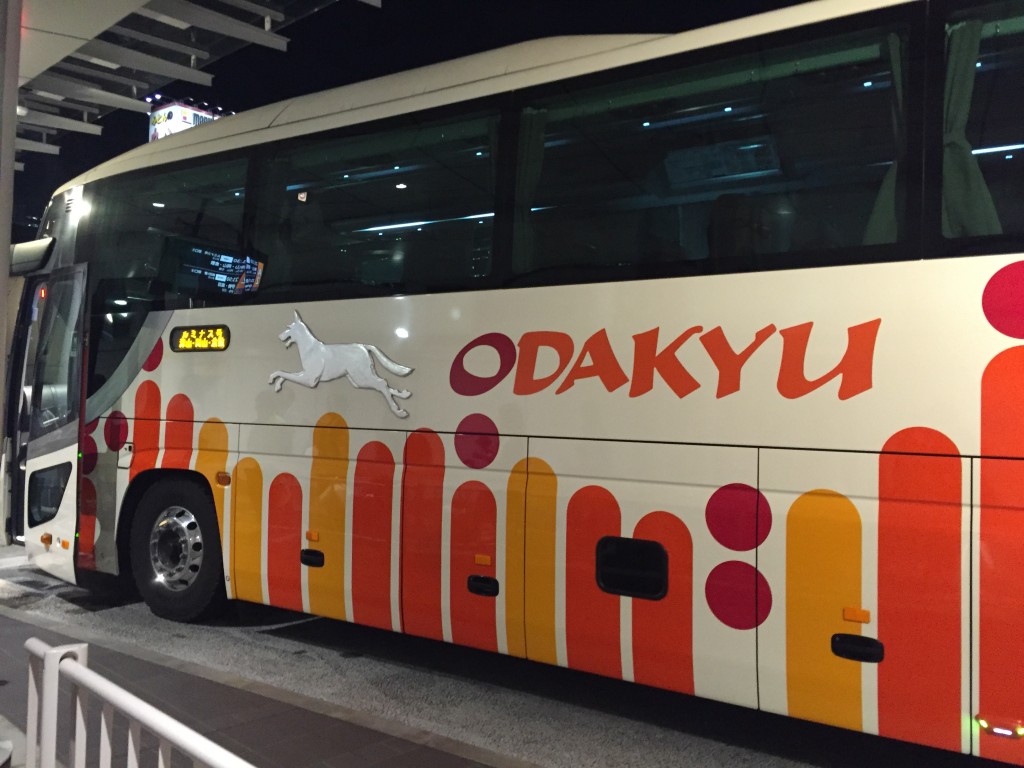
My bus arrives–home for the next 10 hours!
Taking a night bus is relatively comfortable in Japan, although for tall passengers, I think the seats will seem small. Before getting on the bus, make sure to get a “bento” (lunch box) sold at various places on the ground floor of Busta and why not pick up a drink and dessert while you’re at it? It’s one of the best Japanese past times, in my option, since there is such a variety of choice for delicious takeaway food packaged perfectly to go.
All bus seats are reserved when you purchase a ticket, and I would definitely recommend getting a solo seat by the window. All passengers are provided with a blanket and a pair of slippers in their seat. The seats themselves also recline to an almost flat position (though this gets tricky when someone is sitting behind you), and there is also a leg rest attached to the seat in front of you. It should be noted that most night buses of this type do not have its own WiFi available, and I did not notice a power point to charge devices at my own seat. Each bus comes with a bathroom and I found the one on my bus to be very clean and quite roomy for a bus bathroom. I was also surprised to see a coffee and hot water station not far from the bathroom and curtains that fully covered the windows including thick curtains that an attendant pulled closed between the passengers and the driver himself. This created a kind of bus cocoon that didn’t make for great sightseeing but made for an easier sleep in a country called “The Land of the Rising Sun” for a reason (it can start getting light as early as 4am depending on the time of the year). The lights were turned off completely around 11:30pm after one stop at a “service center” with large bathrooms, souvenirs, a food court, and convenience store snacks.
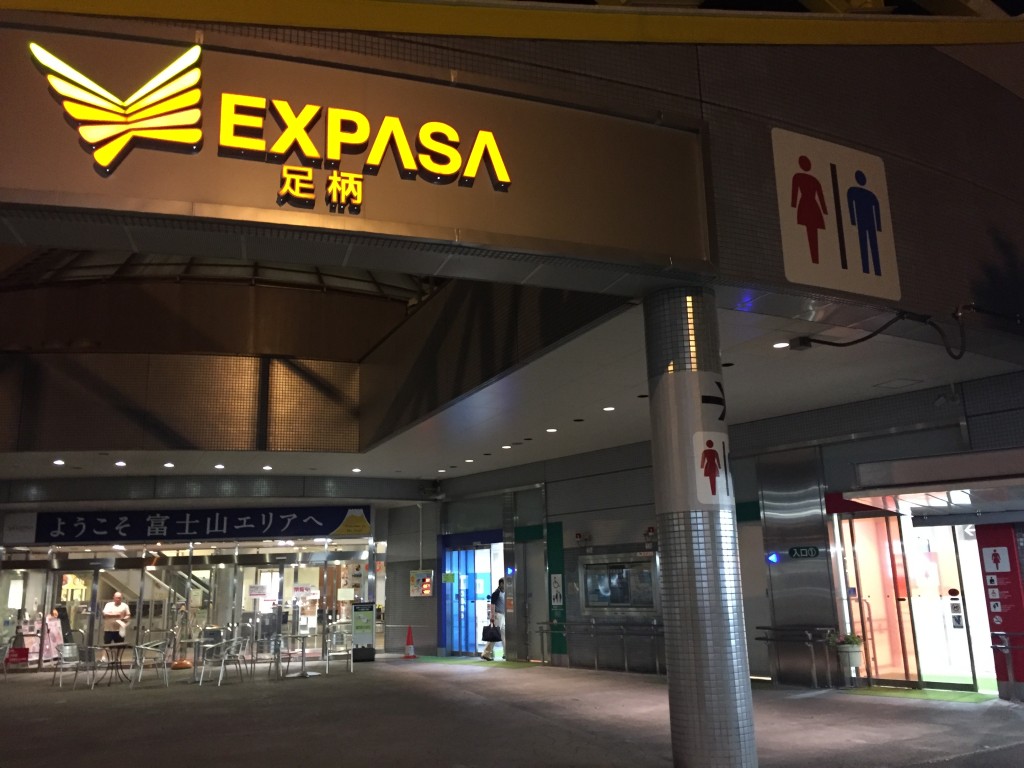
The service center stop before lights out on the bus
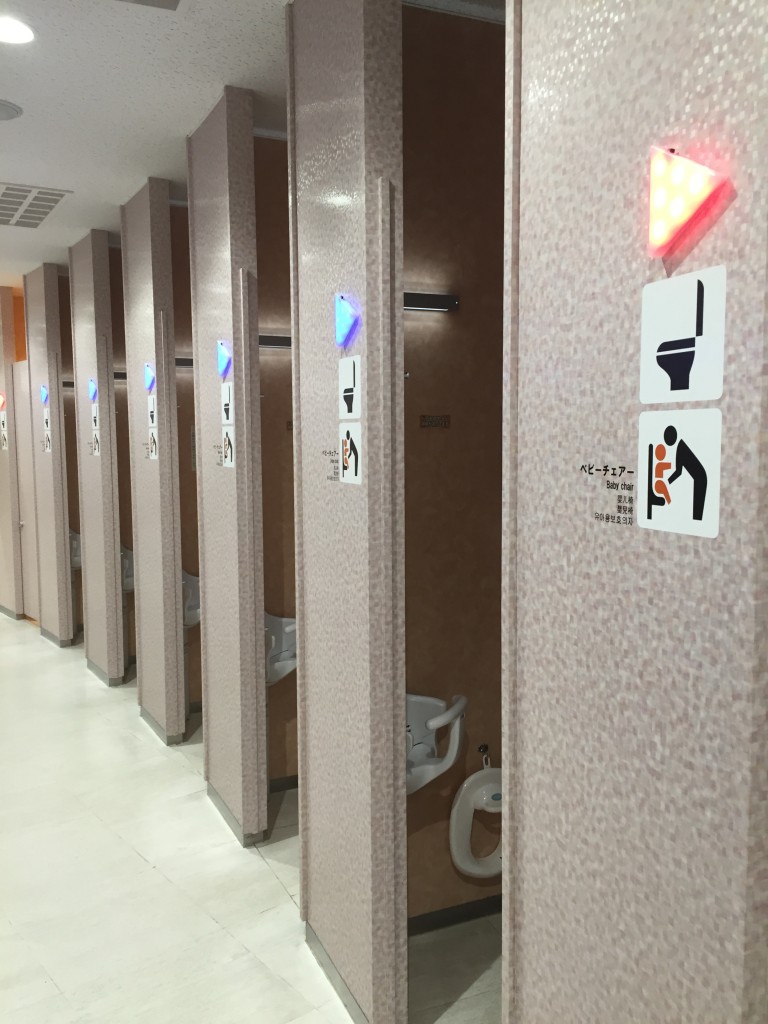
Fancy toilets at the service center

Inside the service center
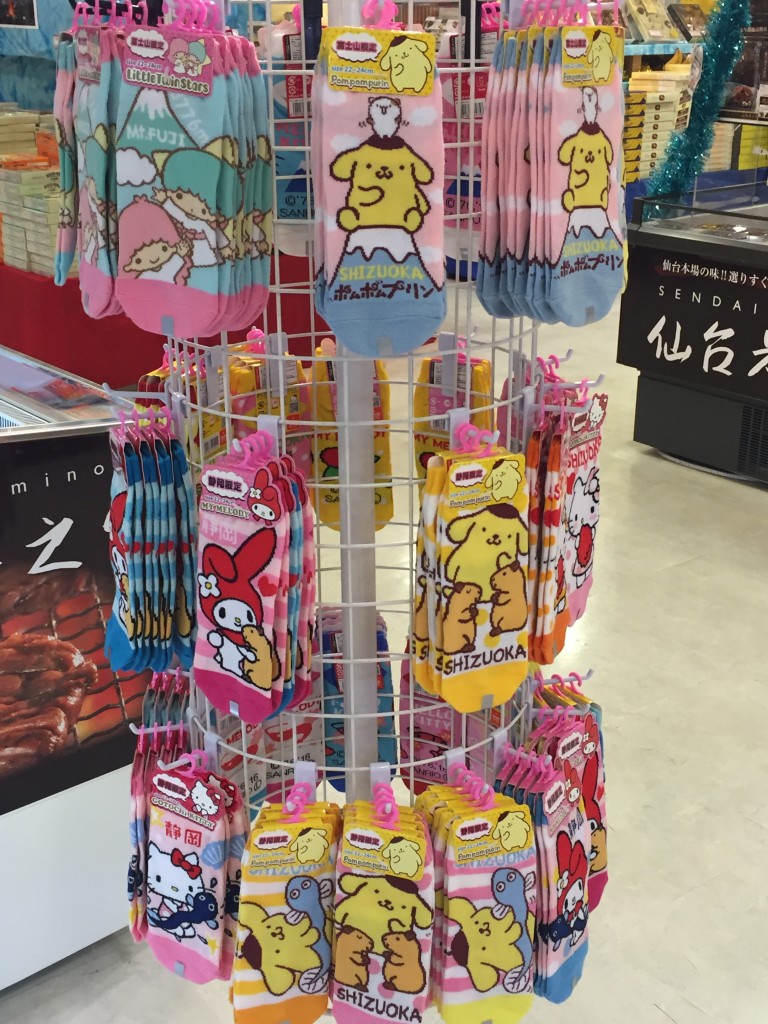
Souvenirs
The lights never came back on despite a few stops beginning around 5 am. The driver got on his microphone quietly only few times to announce the planned stops and then to announce each upcoming stop.
One thing that I’ve noticed in Japan during my long time here is the silence of passengers on public transportation. Japanese people actually follow the rules about keeping their phones on silent mode on trains and even extend this to buses. It is rare to hear a phone ring or see someone have a muffled phone conversation. On buses, it is even unusual to hear people having a conversation with their seatmate that gets louder than a few decibels. All this to say, your bus ride in Japan may be the quietest bus journey that you’ve ever taken.
I look forward to taking another bus ride from Busta, and I hope that you enjoy Tokyo’s newest addition to its arsenal of convenience at the Busta bus and taxi terminal.


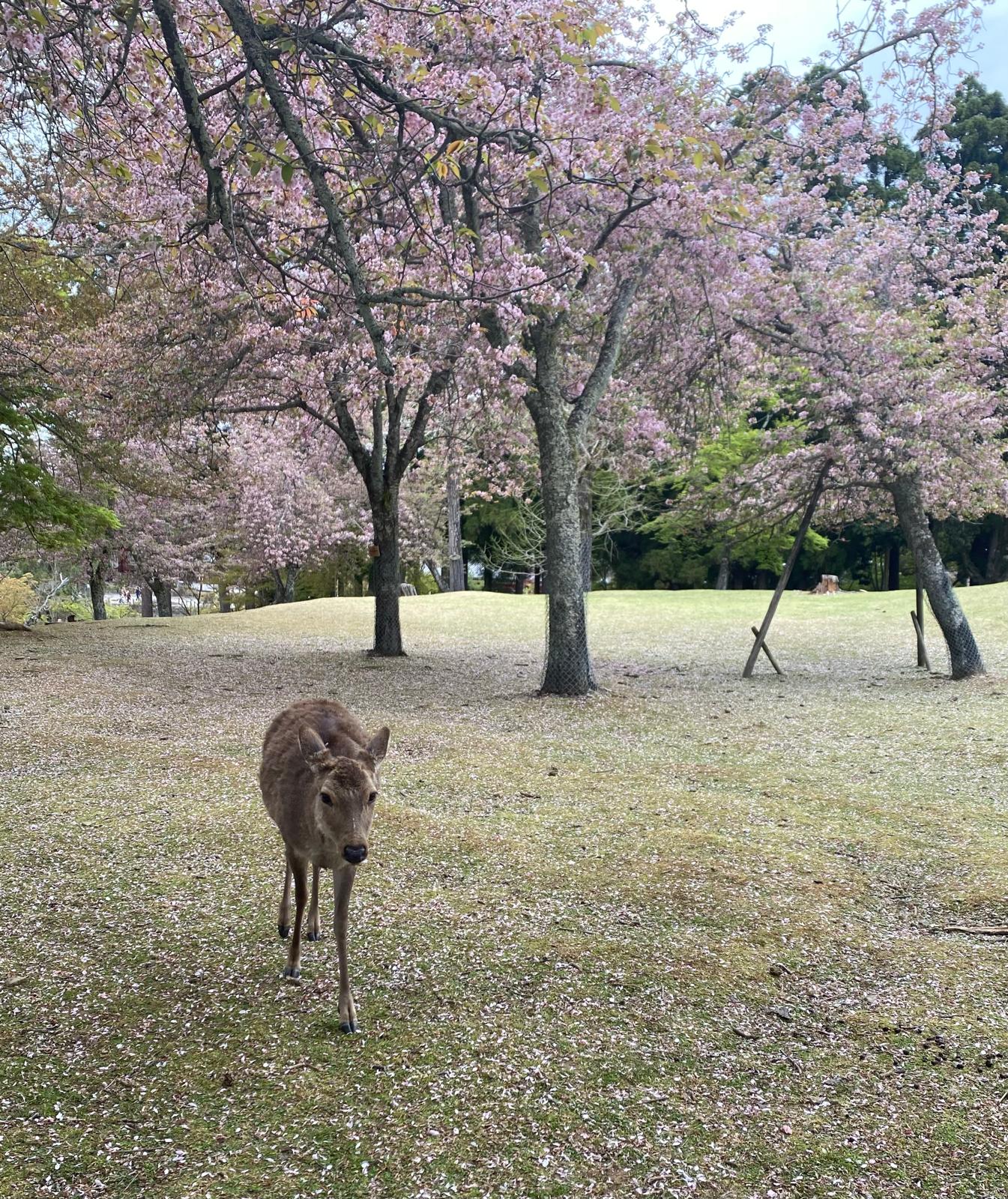
0 Comments